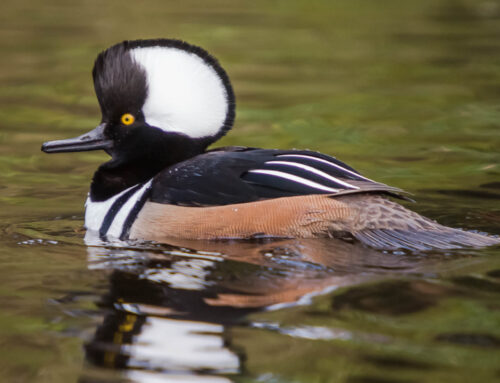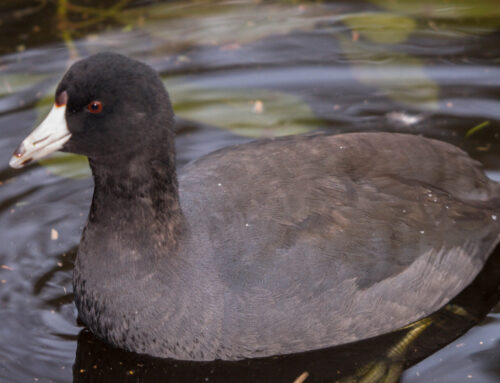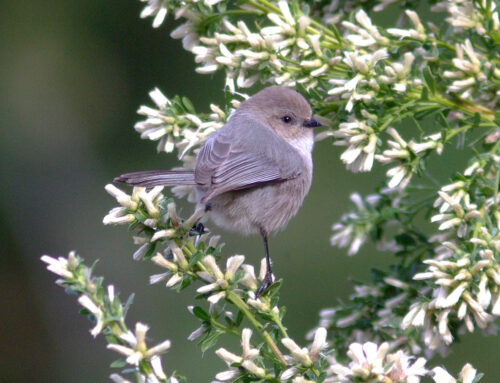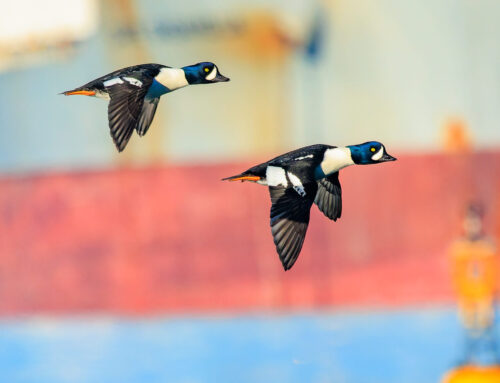Common Name
Northern Flicker
Species Name
Colaptes auratus

Photo Credit: Josephine Hrynkiw

©2007 Mark White
Appearance
28-31 cm length | 42-51 cm wingspan | 110-160 g weight
Once considered two different species, the Northern Flicker has two different forms; the yellow-shafted form in the east and the red-shafted form in the west. Flickers appear brownish overall with a white rump patch that’s conspicuous in flight and visible when perched. The brown plumage on the chest is patterned with black spots and barred on the wings. The yellow-shafted forms have tan faces and gray crowns, and red crescent on the nape and males have a black mustache stripe. Red-shafted forms have a gray face, brown crown, and no nape crescent, with males showing a red mustache stripe. Intergrades with intermediate features are not uncommon.
Habitat / Behaviour
Ground foragers | open woodlands | Year-round in Vancouver | Lives 3-9 years
Northern flickers mainly forage on the ground in open habitats near trees, including woodlands, edges, yards, and parks. They can also be found in the mountain forests all the way up to treeline. They eat mainly insects, especially ants and beetles gathered from the ground. They will also eat fruit and seeds, especially in the winter.
Breeding
Monogamous | cavity nesting| 5-8 white eggs | 1 brood per year
Nests are made in excavated holes in dead or diseased tree trunks or branches. They will reuse cavities that they, or other species, have used for nests in previous years. Nests are generally 2 to 4.5 meters off the ground. Both sexes help with nest excavation, with a hole entrance about 7.5 cm wide and 30 to 40 cm deep. The cavity widens at the bottom to make room for eggs.






